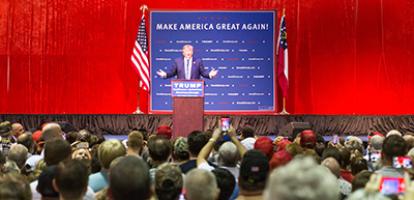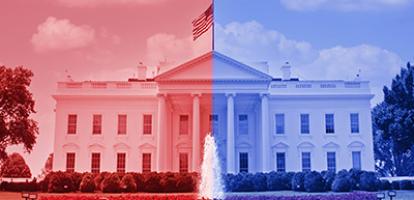From: Jon R. Johnson
To: Chrystia Freeland, Minister of Global Affairs
Date: January 22, 2018
Re: Do the NAFTA Auto Rules of Origin Really Need Modernizing?
A recent Globe and Mail article, Canada aims to break through NAFTA auto roadblock (Jan. 11), set out misunderstandings about the NAFTA automotive rules of origin that need correcting. The article suggests that only components on the “tracing list” count towards satisfying the key US demand of a 62.5 percent threshold and that expenditures for software development and research do not count. This is backwards. The “tracing list” identifies components that do not count towards the 62.5 percent threshold, while expenditures for software development and research do count, so long as incurred in a NAFTA country.
The formula for calculating the 62.5 percent threshold for cars is: Net Cost minus Value of Non-Originating Materials, divided by Net Cost. The resulting calculation must be at least 62.5 percent. Net Cost is the producer’s Total Cost – all costs incurred within the NAFTA countries - less certain deductions - sales promotion, marketing and aftersales service costs, some royalties, shipping and packing costs, and some interest costs. Everything in Net Cost counts towards achieving the 62.5 percent threshold except costs falling into Value of Non-Originating Materials (VNM).
VNM for cars is based on a “tracing list.” VNM is the value of all components incorporated into a car that are imported from non-NAFTA countries under the tariff provisions on the tracing list. For example, one of the tariff provisions included is 7009.10, rear-view mirrors. The value of a rear-view mirror imported from a non-NAFTA country incorporated into a car is included in VNM and hence does not count towards achieving the threshold.
So long as the producer incurs software development or research costs in a NAFTA country, those costs count towards satisfying the 62.5 percent threshold. If a car producer incurs costs in a non-NAFTA country for developing software for use in North American produced cars, those costs do not count towards the 62.5 percent threshold. Royalties paid to a software developer are excluded from Net Cost and do not count towards the 62.5 percent threshold unless the software has been developed in a NAFTA country. While VNM is calculated differently for trucks, the calculation of Net Cost is the same as for cars as just described.
If the NAFTA automotive rules of origin already take the costs of software development, research and similar innovations into account, what exactly needs “modernizing”?
The bigger picture issue is that North American content could be increased by adding tariff provisions to the tracing list or raising the threshold percentage or both. However, complying with rules of origin frequently causes producers to make non-optimal purchasing decisions. This can be pushed only so far. If the resulting additional cost exceeds the savings from qualifying for the preferential duty, the producer will ignore the rules of origin and pay the duty.
The demand for a specified level of US content, if agreed to, would open a renegotiated NAFTA to challenge. Tax breaks such as preferential tariffs can constitute subsidies and Section 3.1(b) of the WTO Agreement on Subsidies and Countervailing Duty Measures prohibits subsidies contingent on the use of domestic over imported goods. Requiring that a car or truck contain a specified level of US content to receive preferential tariff treatment would turn NAFTA into a prohibited subsidy scheme, one that WTO members with significant automotive industries such as the EU, Japan, Korea and China would not hesitate to challenge.
Jon Johnson is a former advisor to the Canadian Government during NAFTA negotiations and is a Senior Fellow at the C.D. Howe Institute.
To send a comment or leave feedback, email us at blog@cdhowe.org





